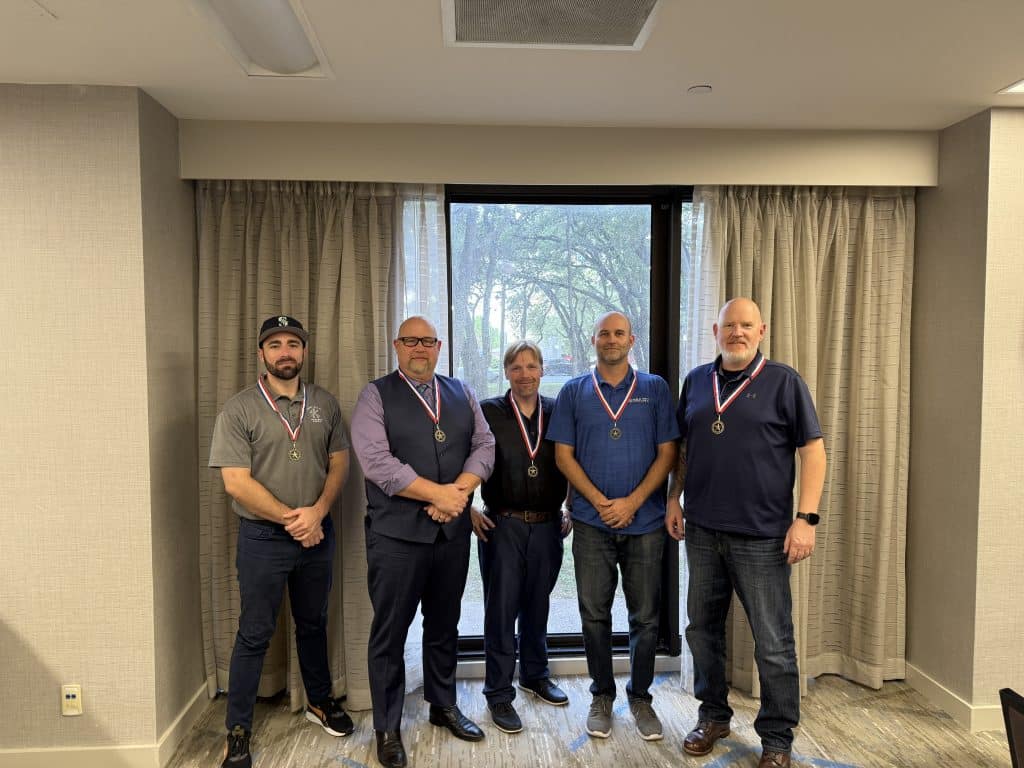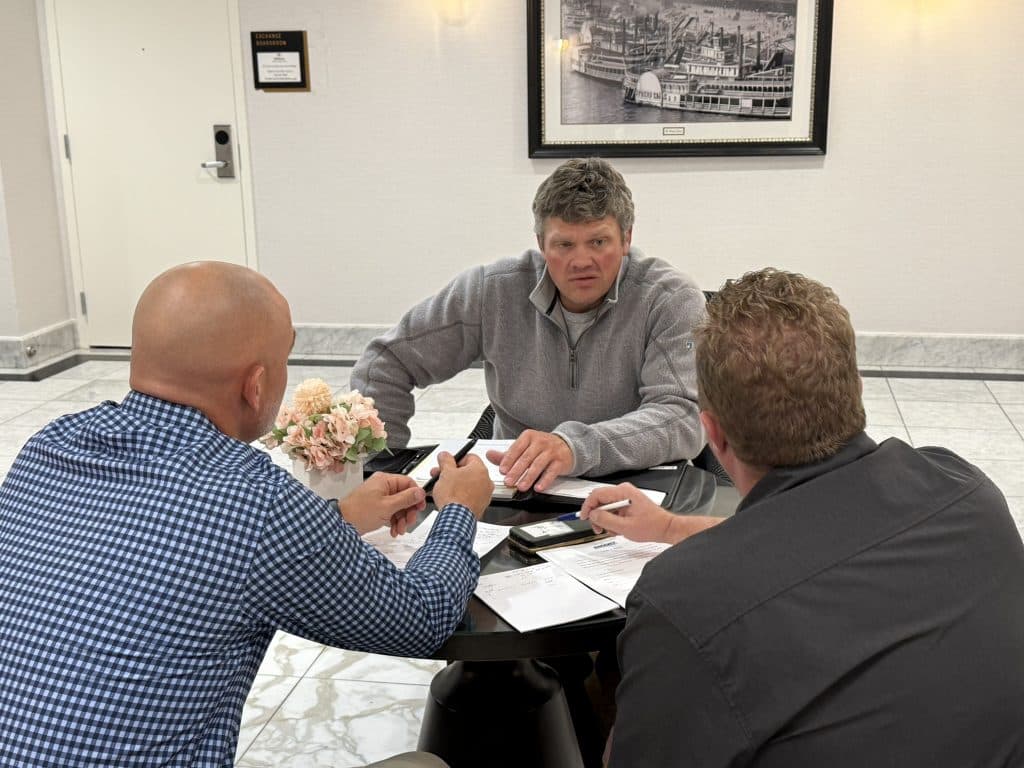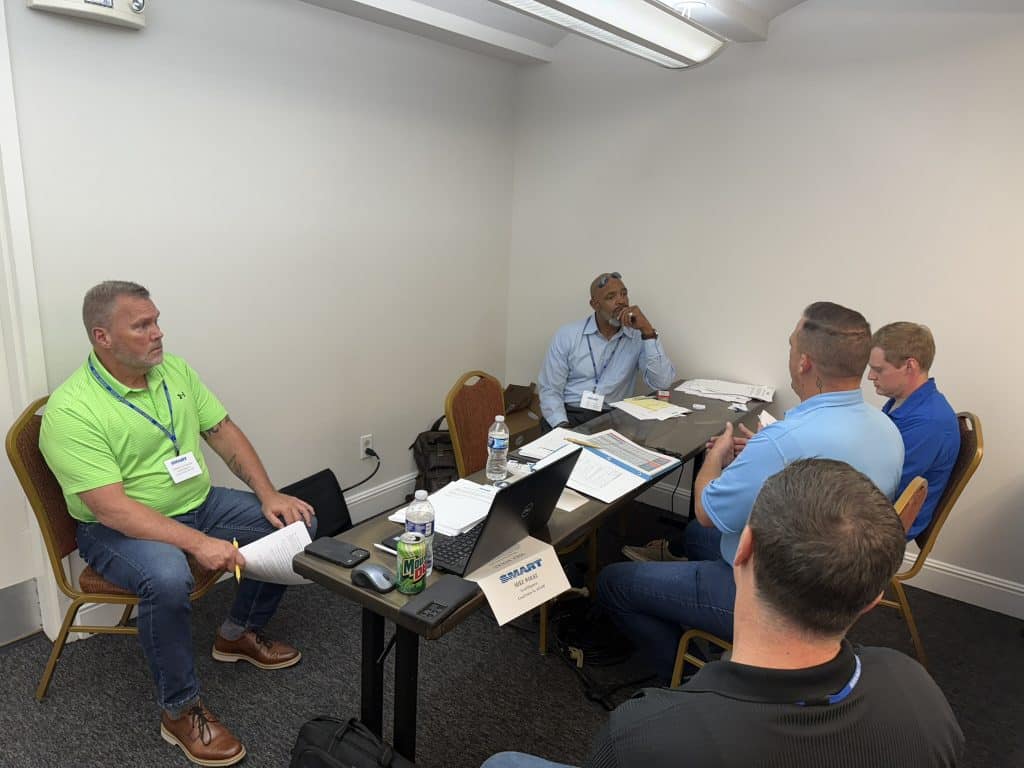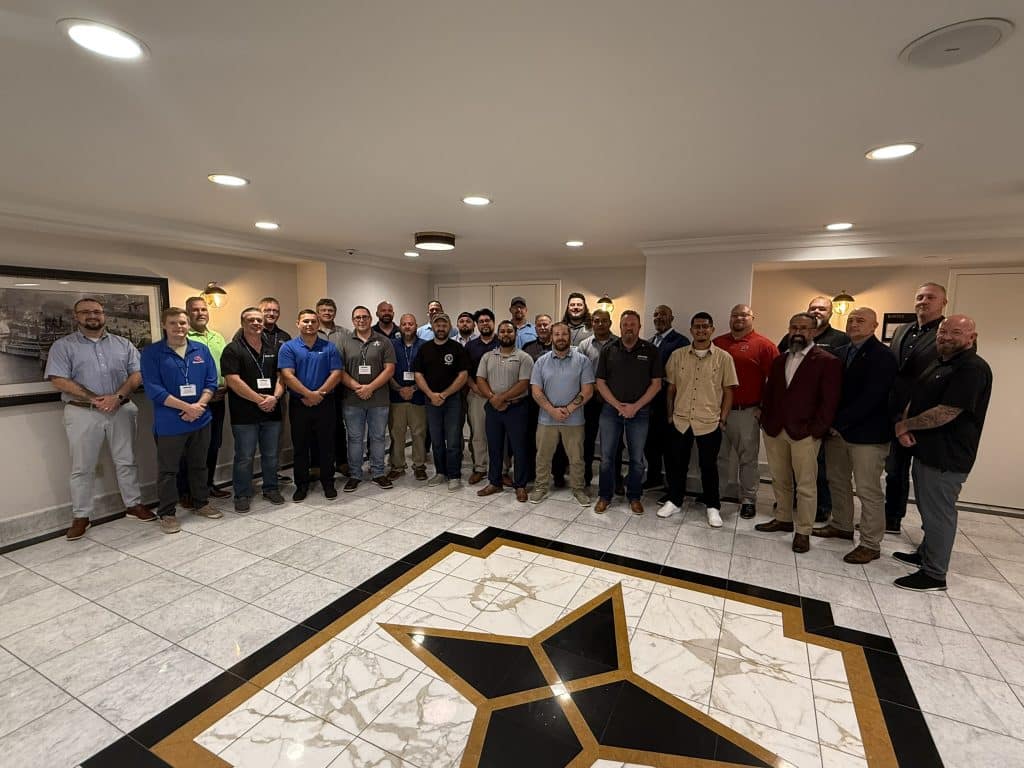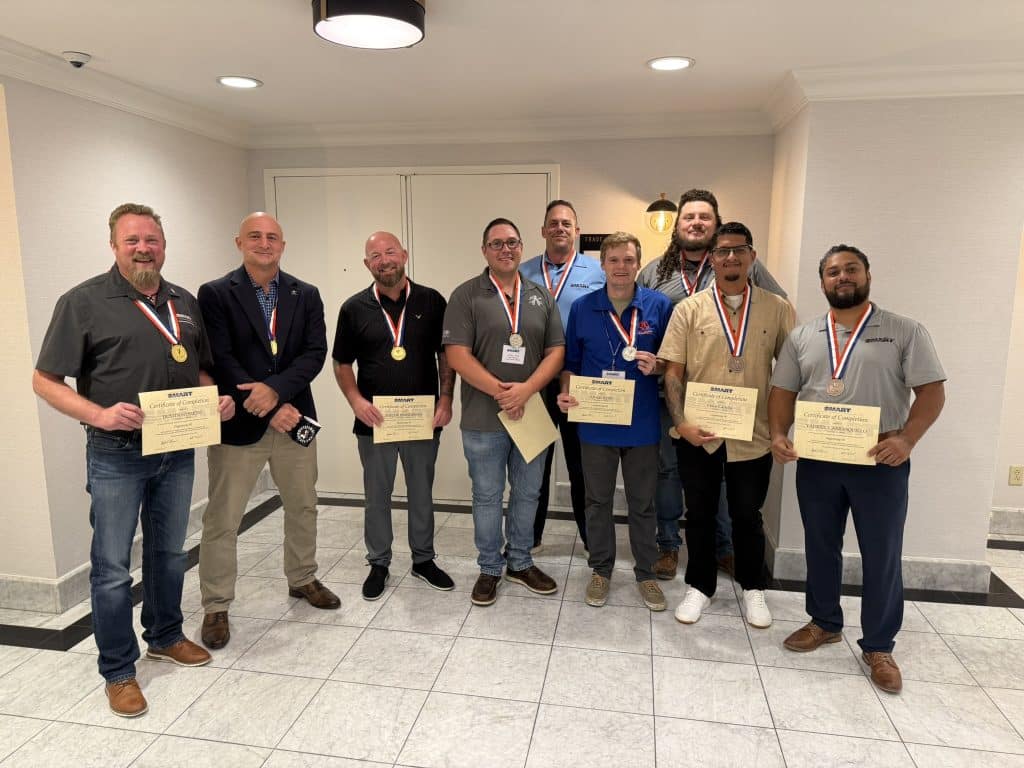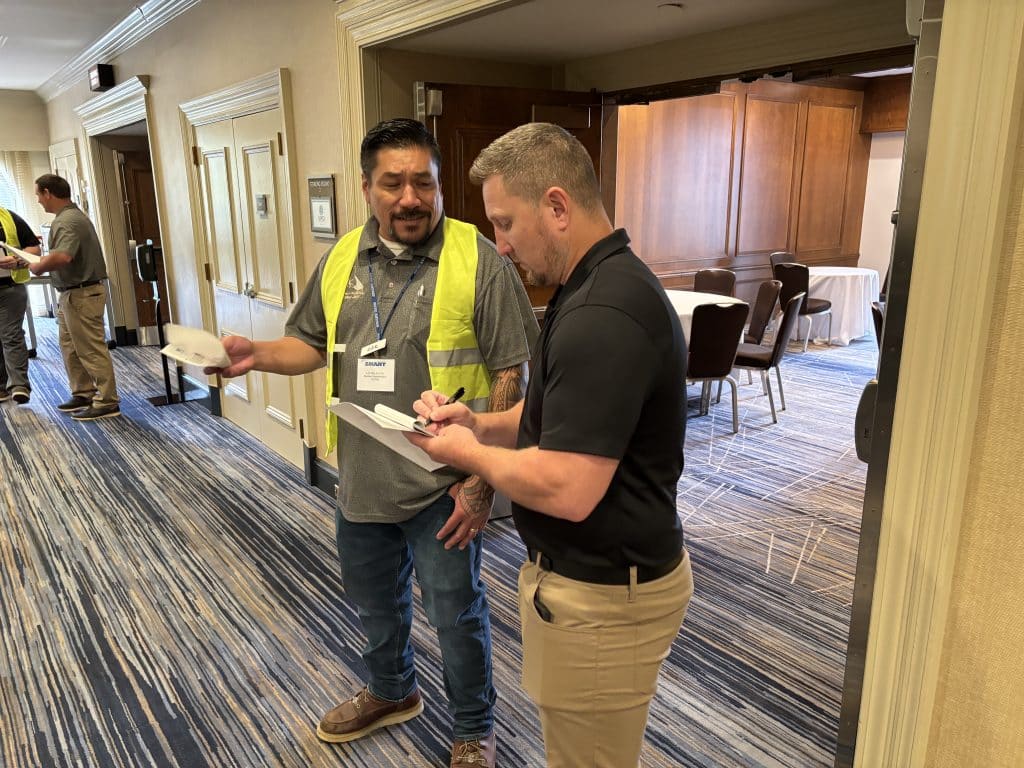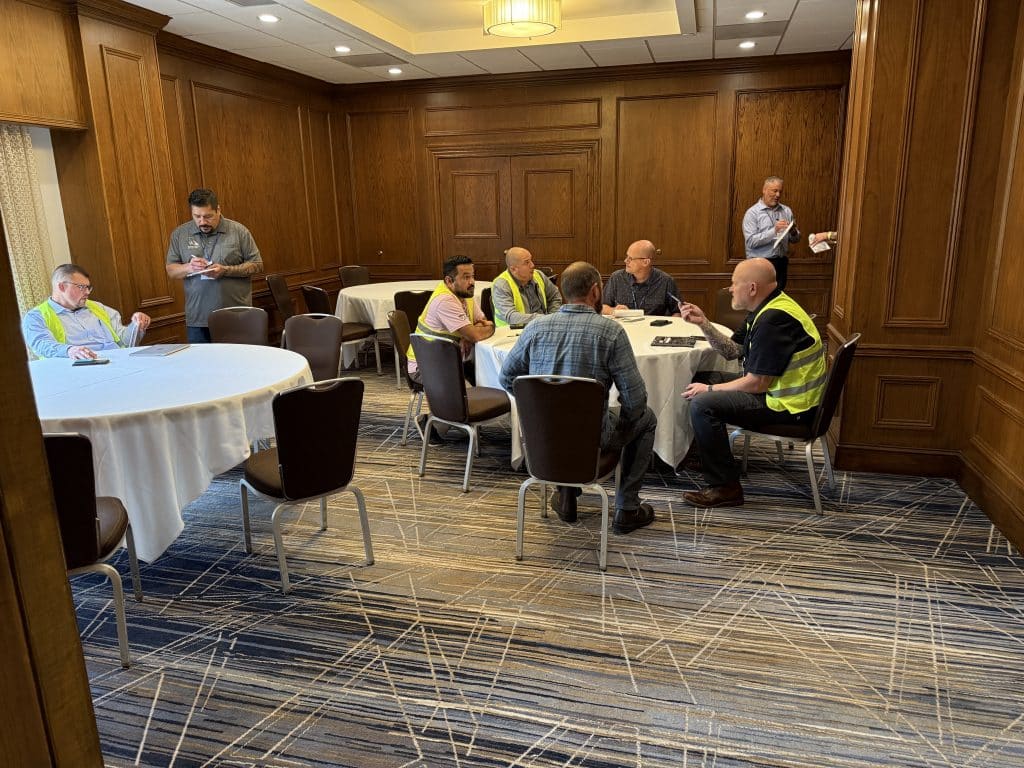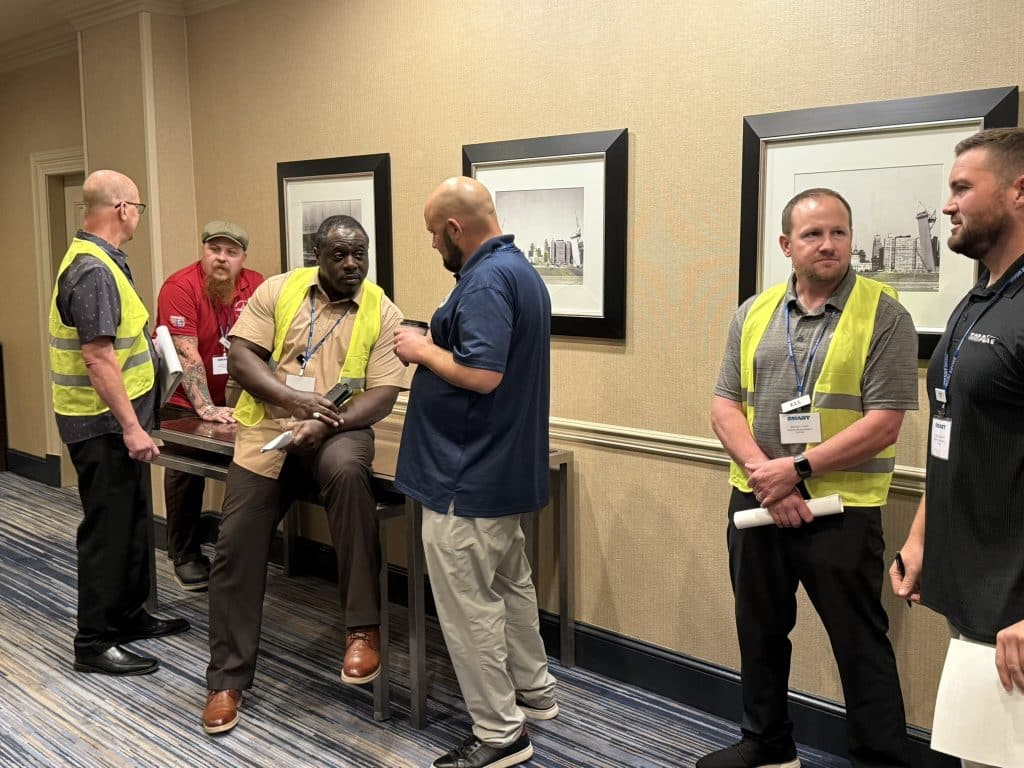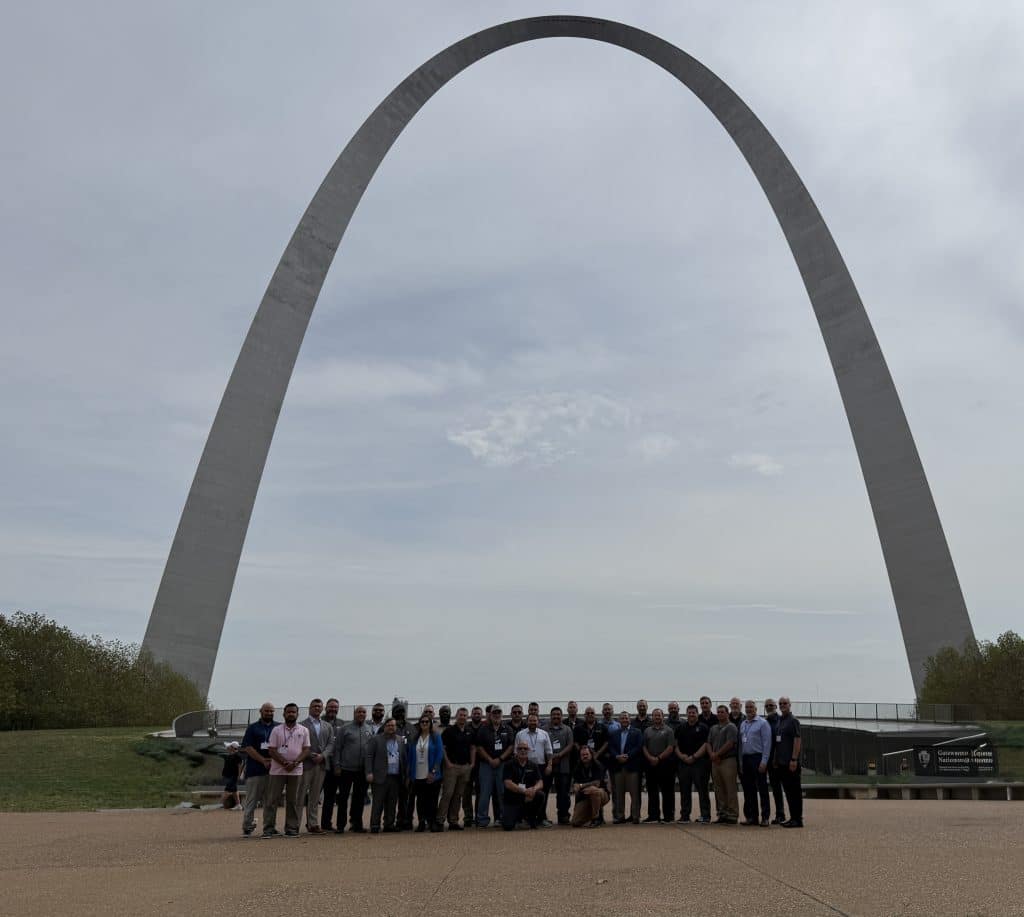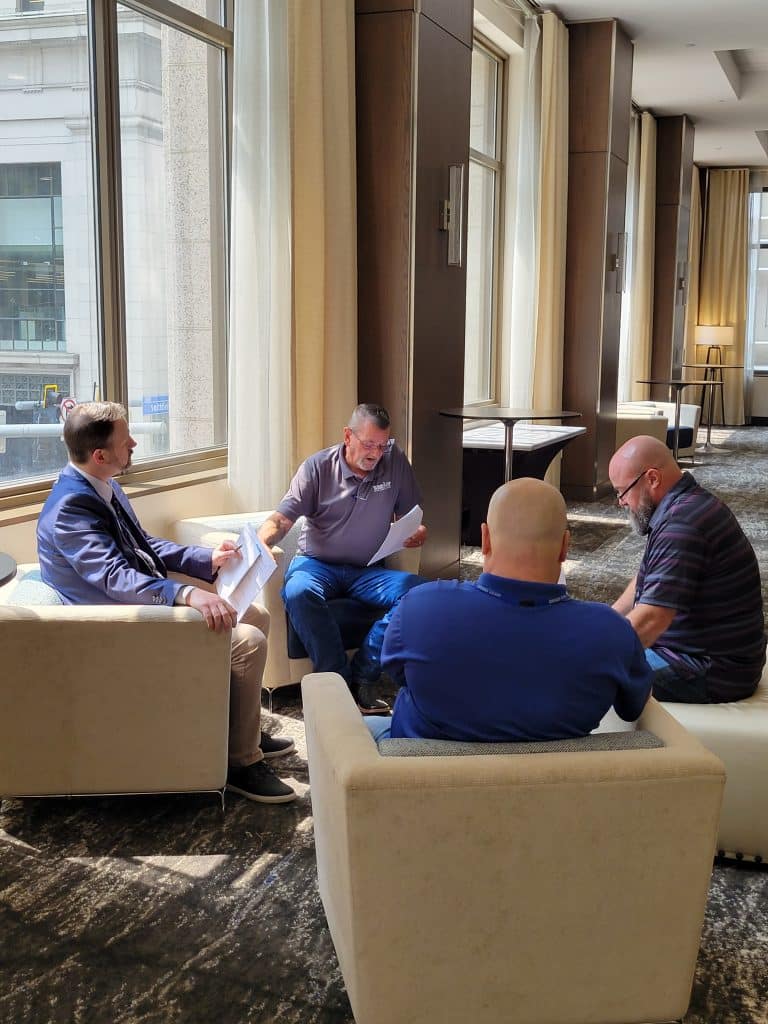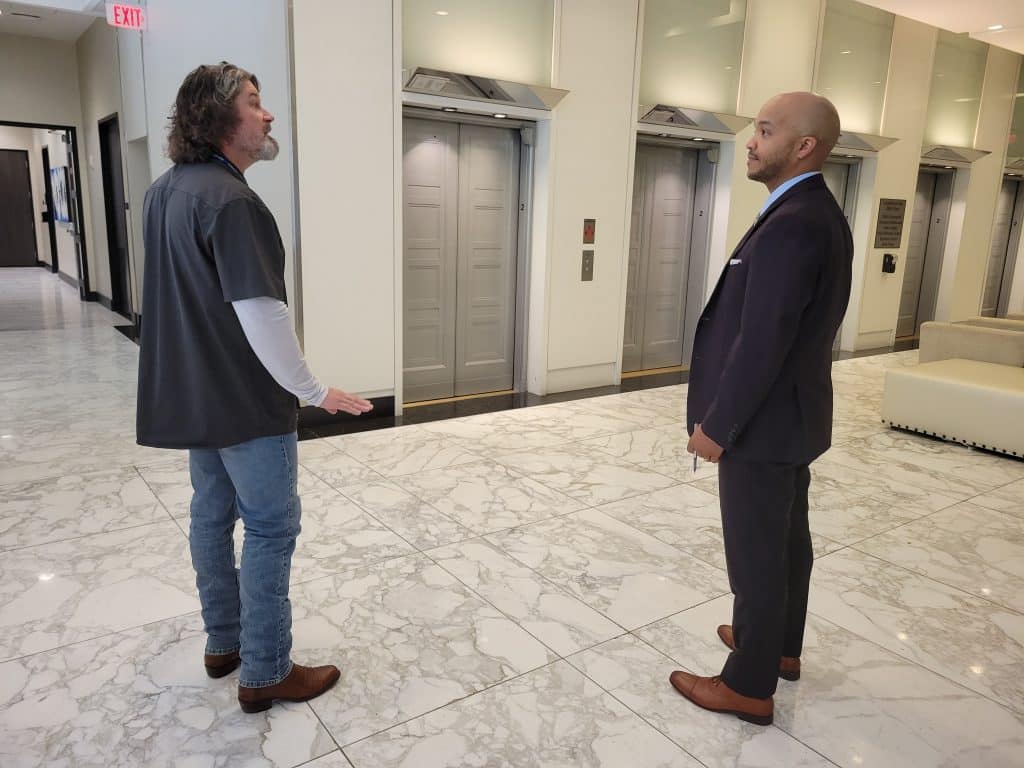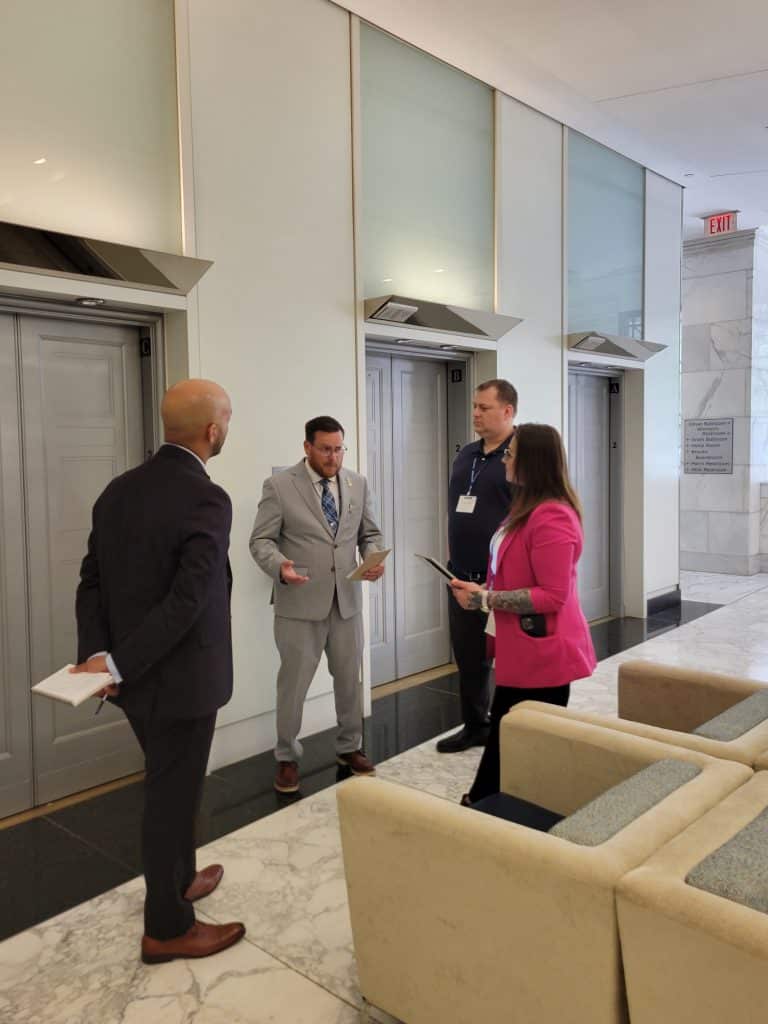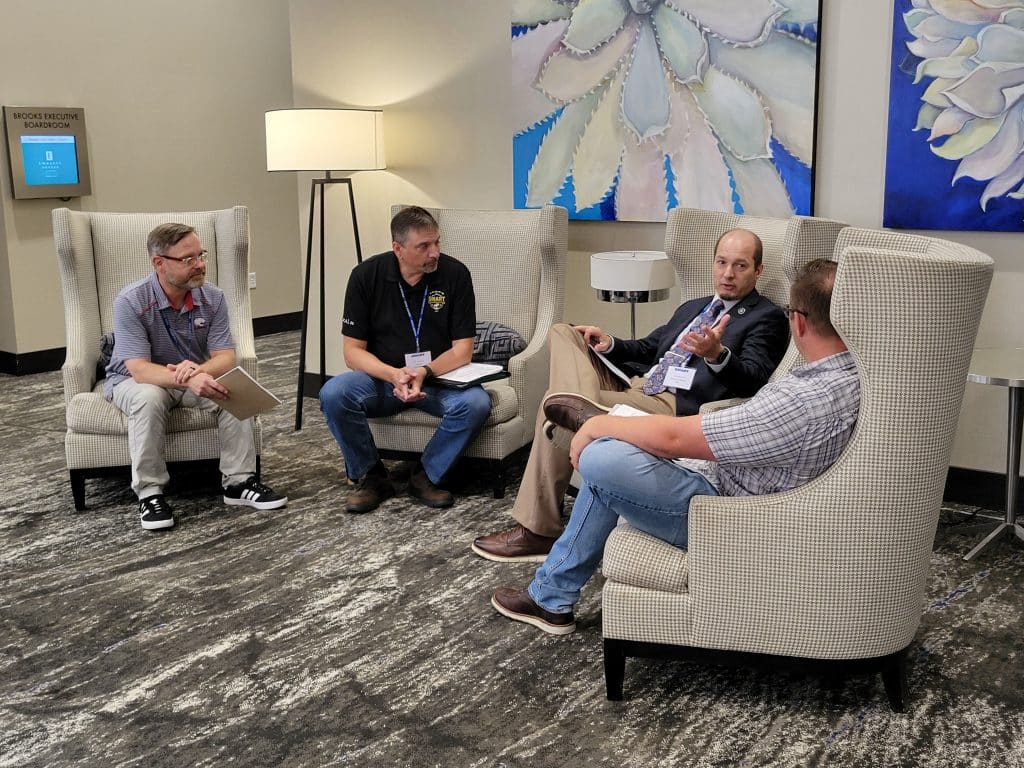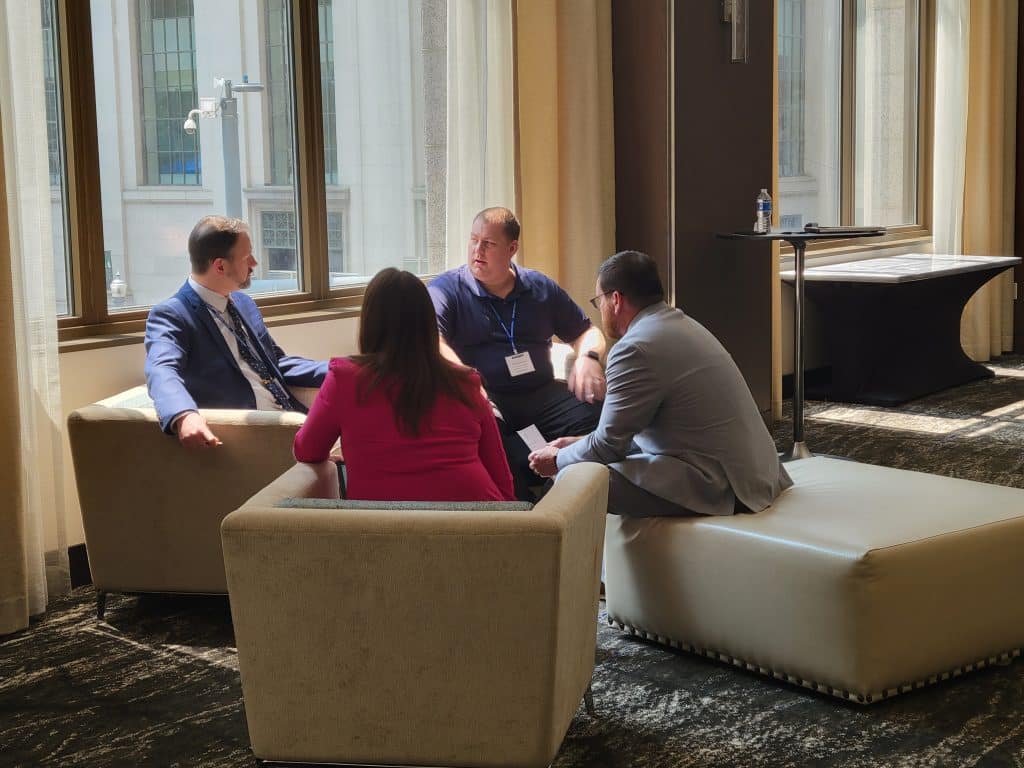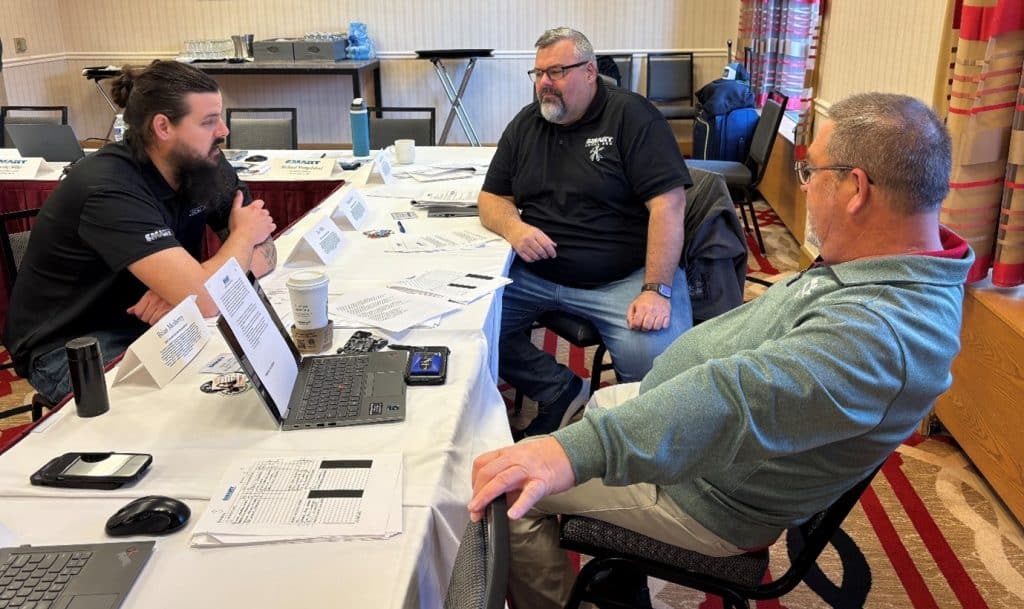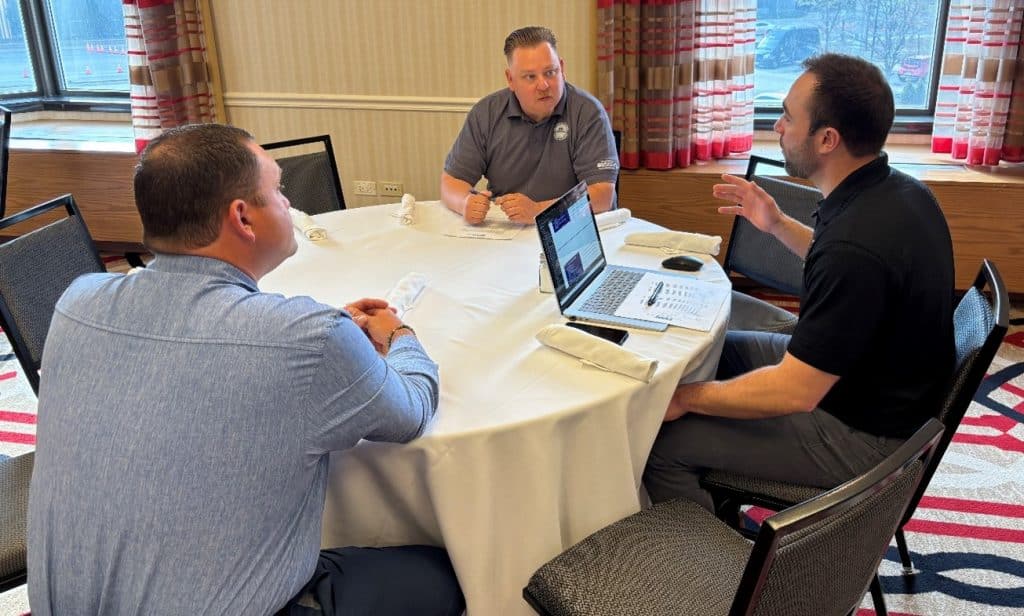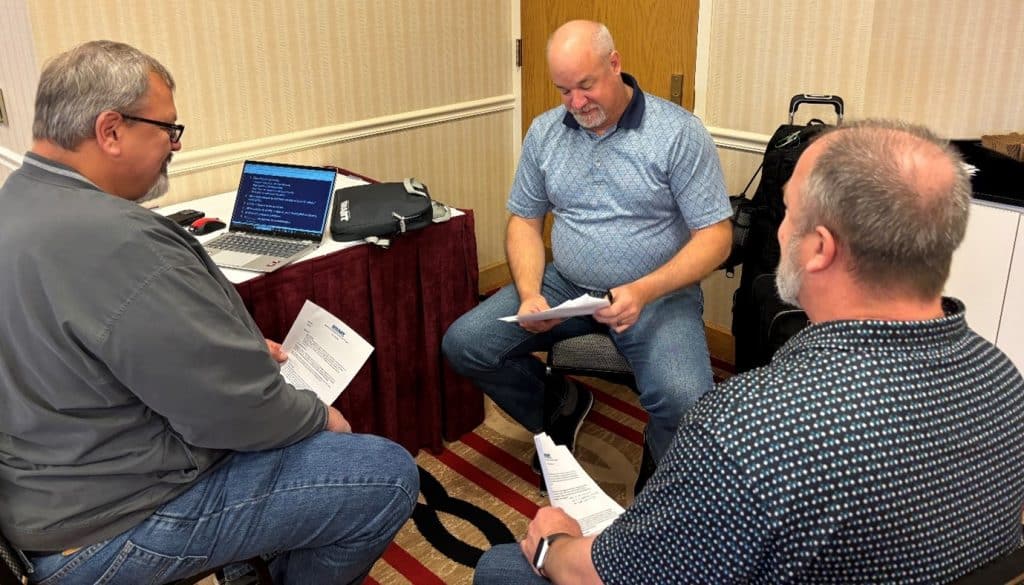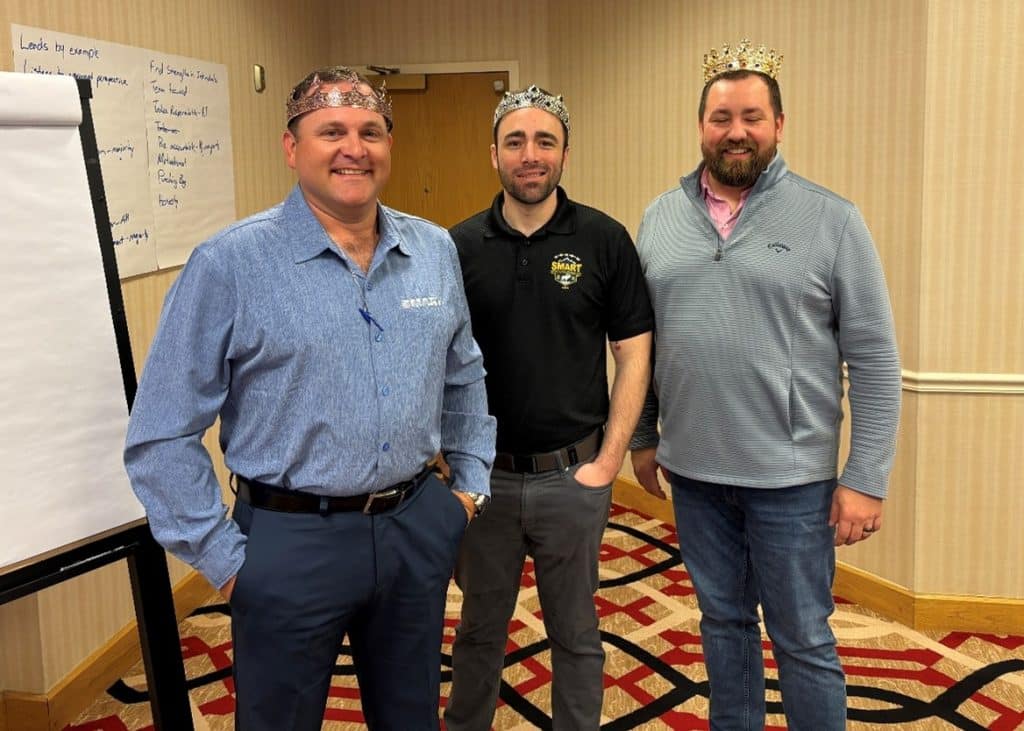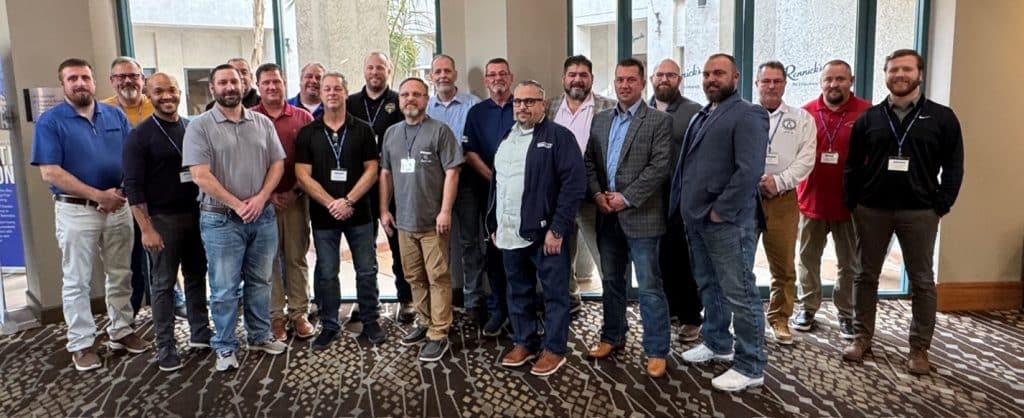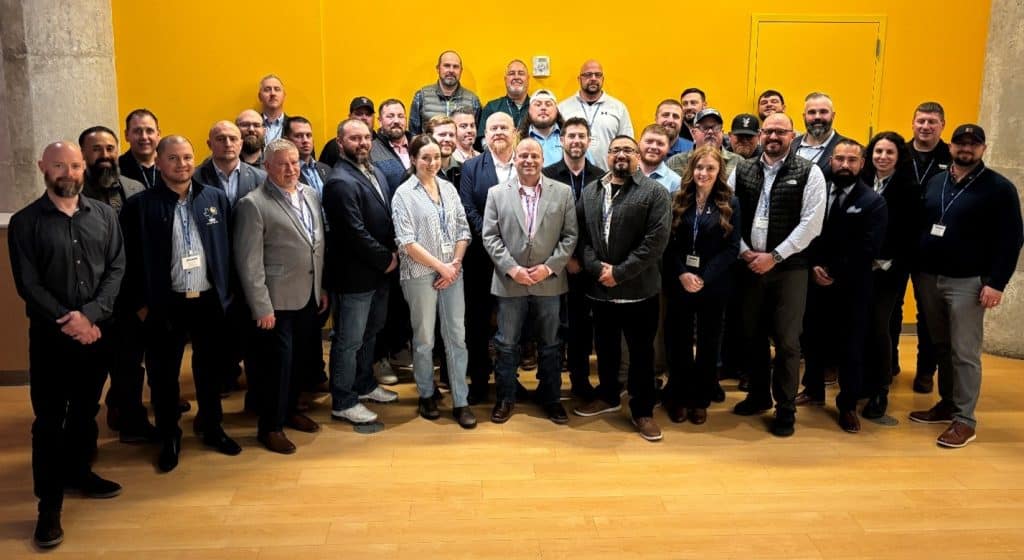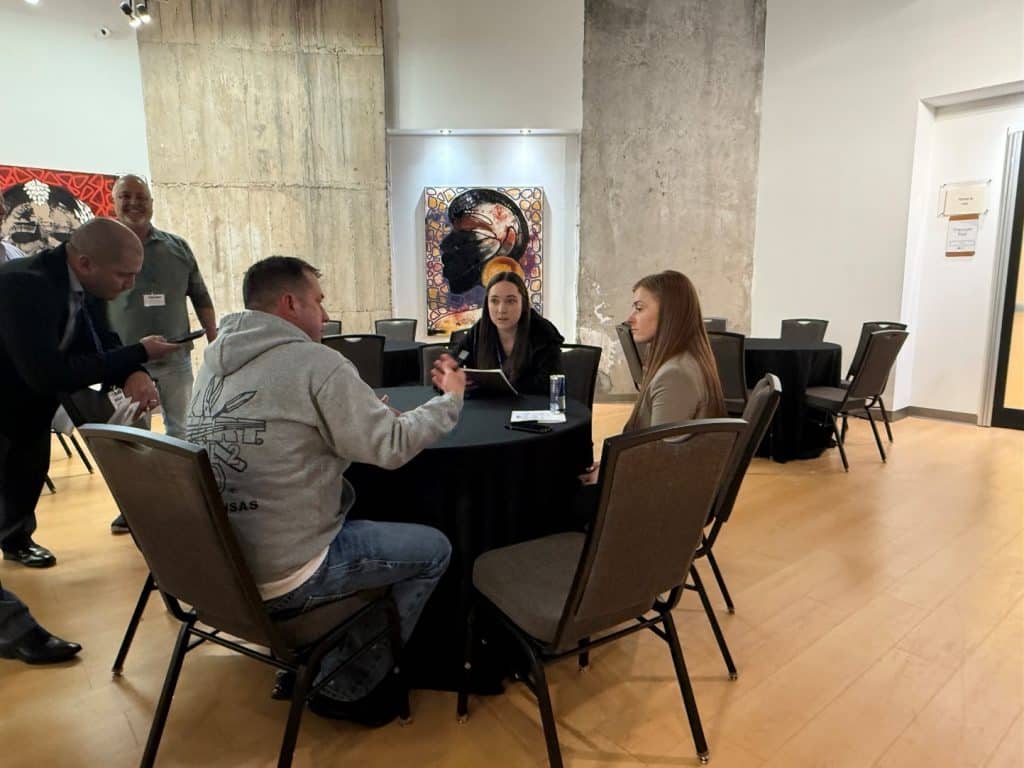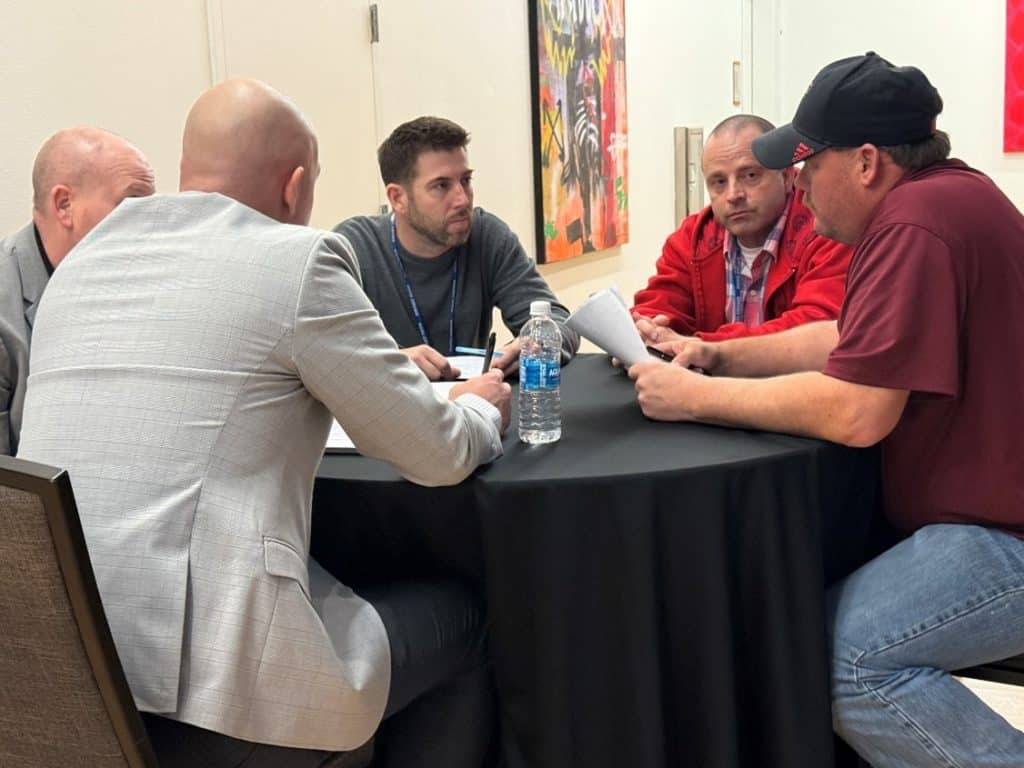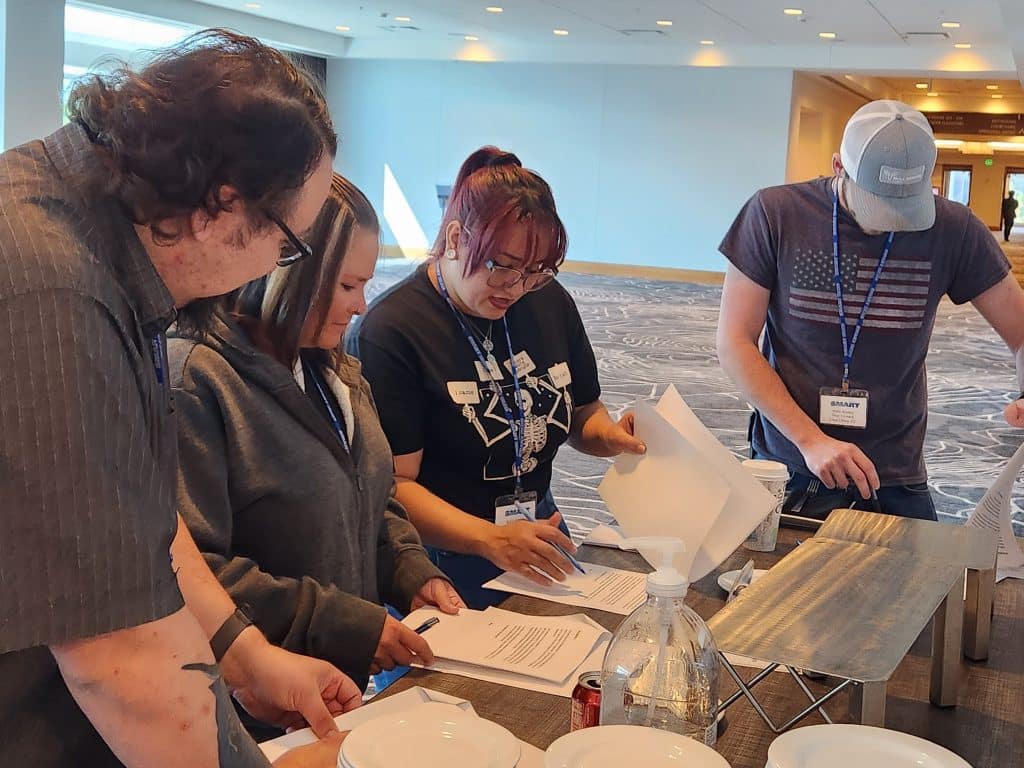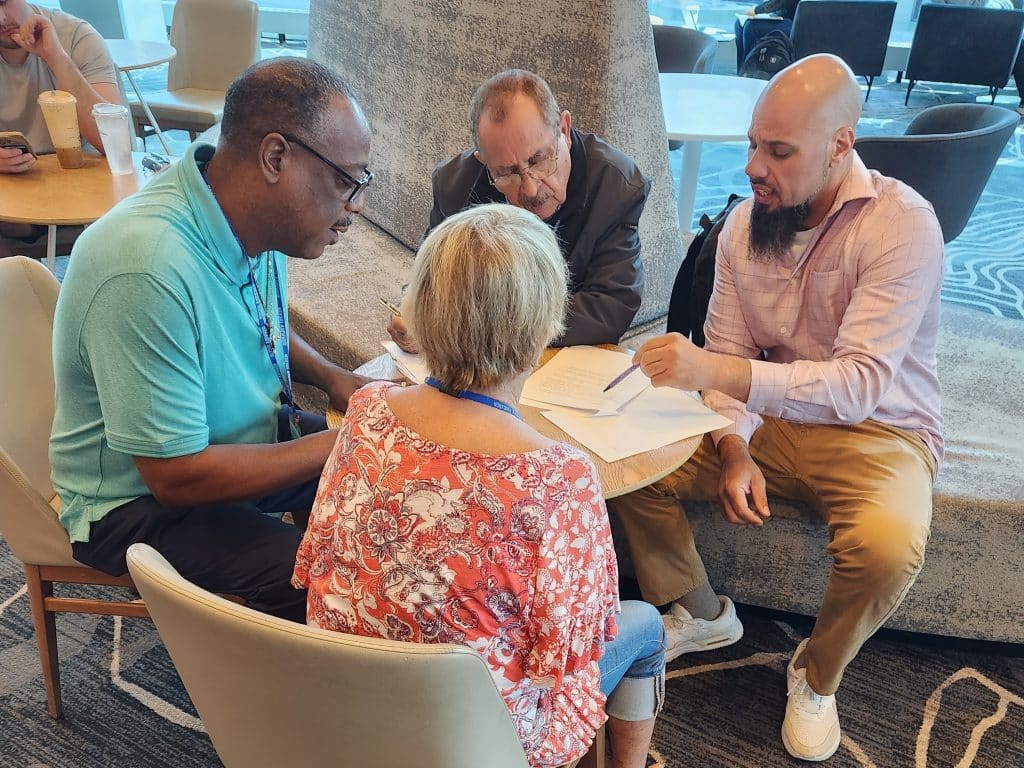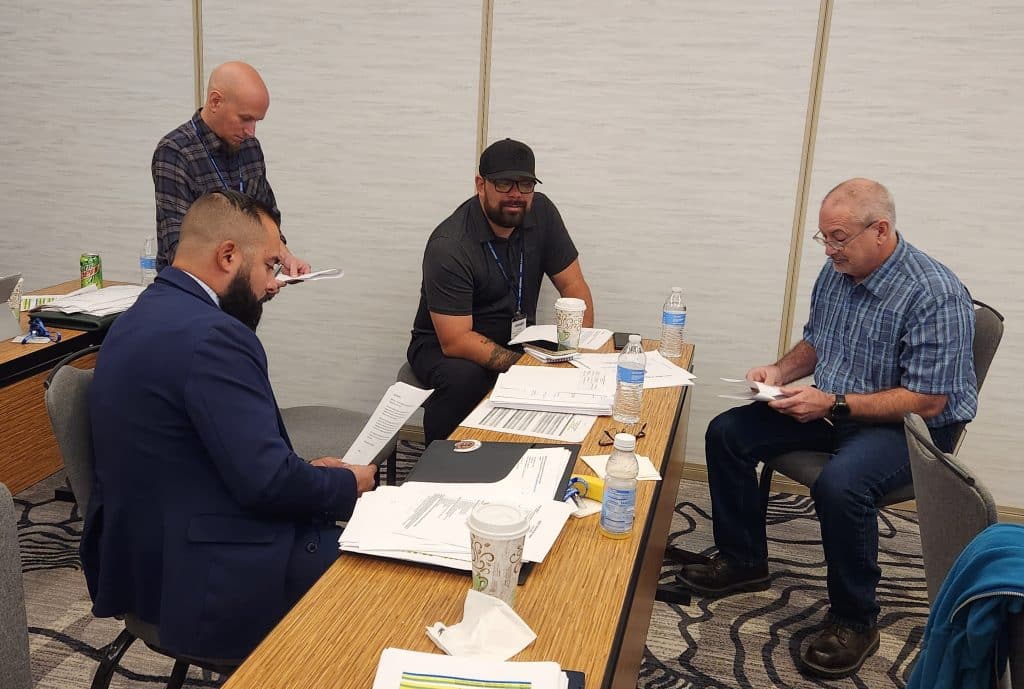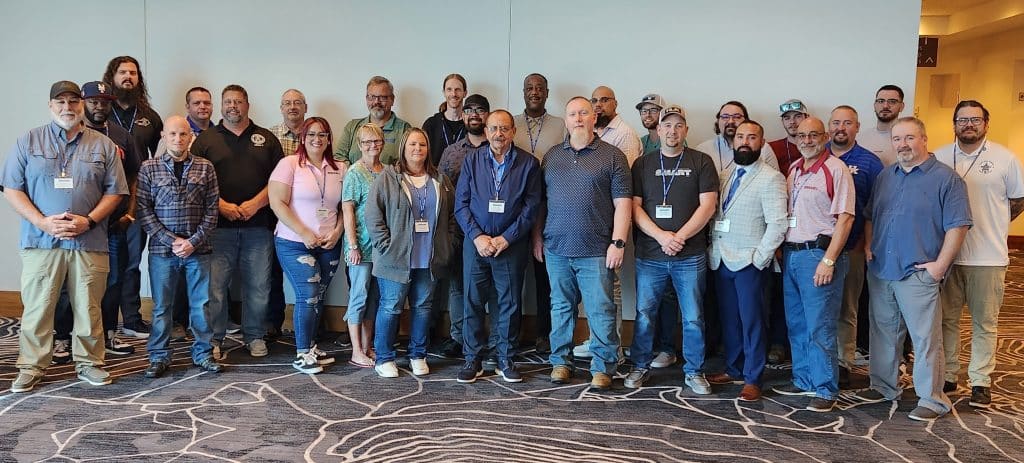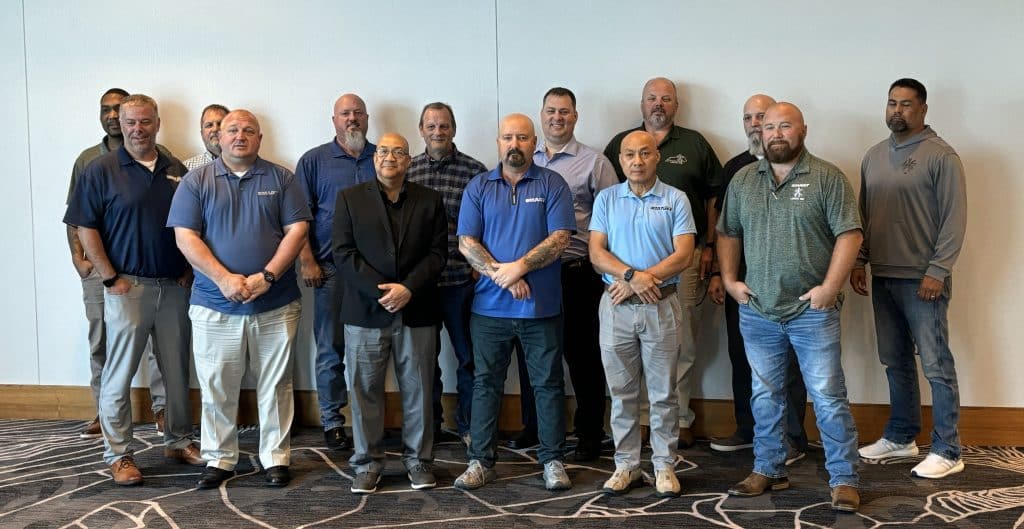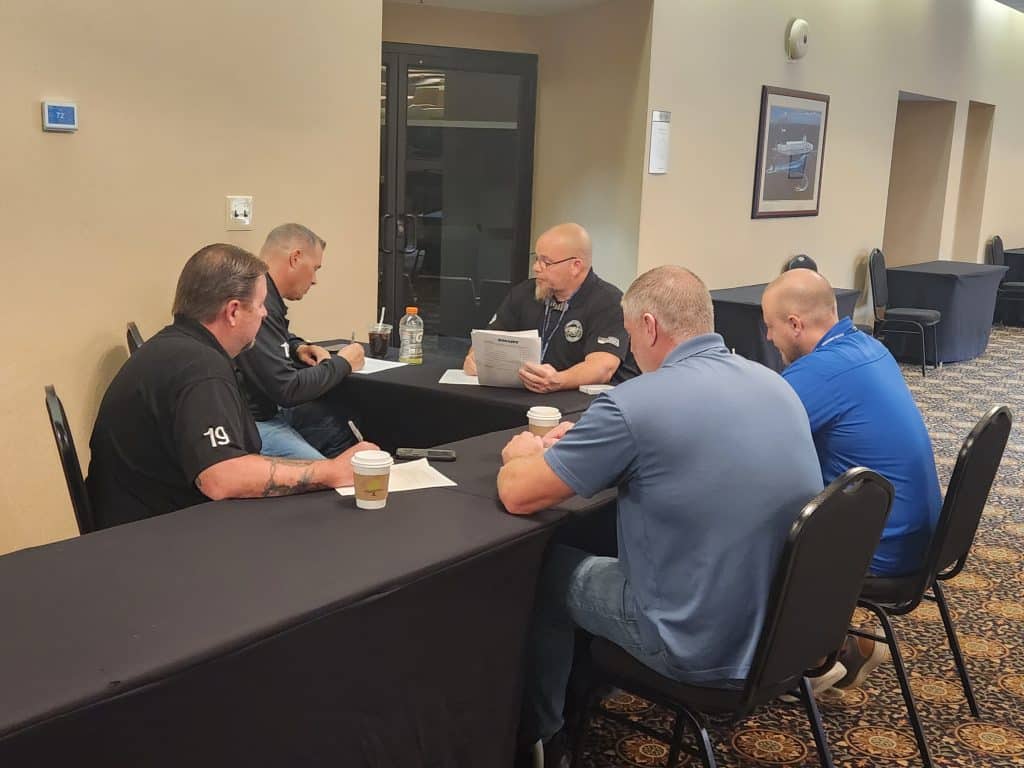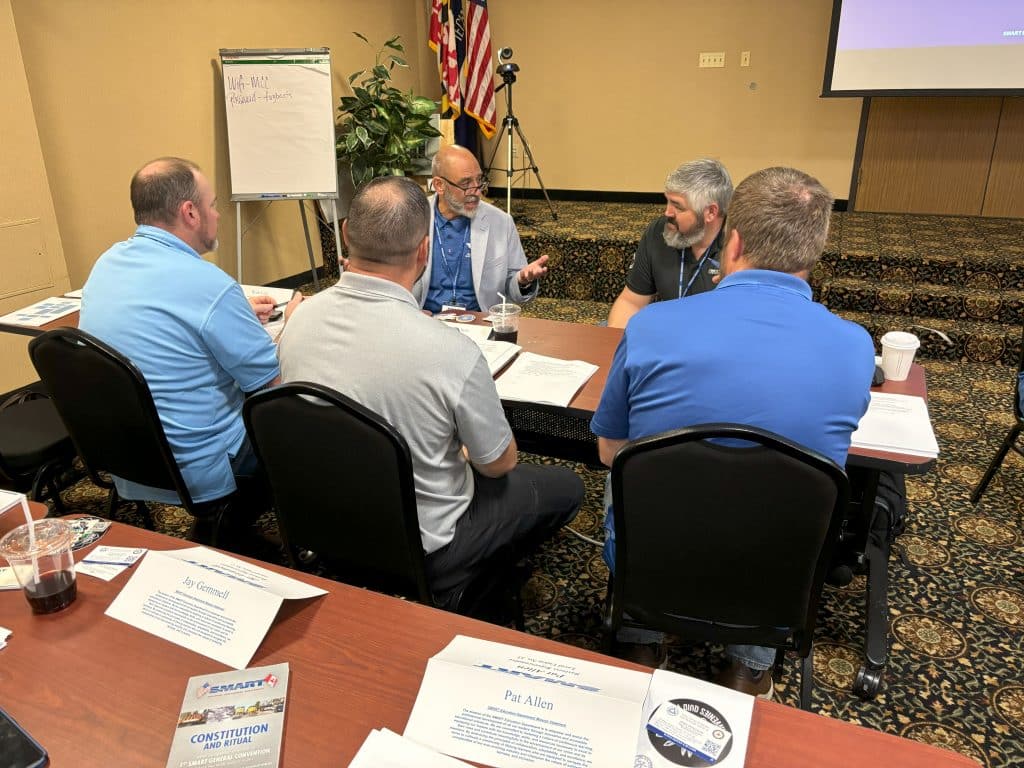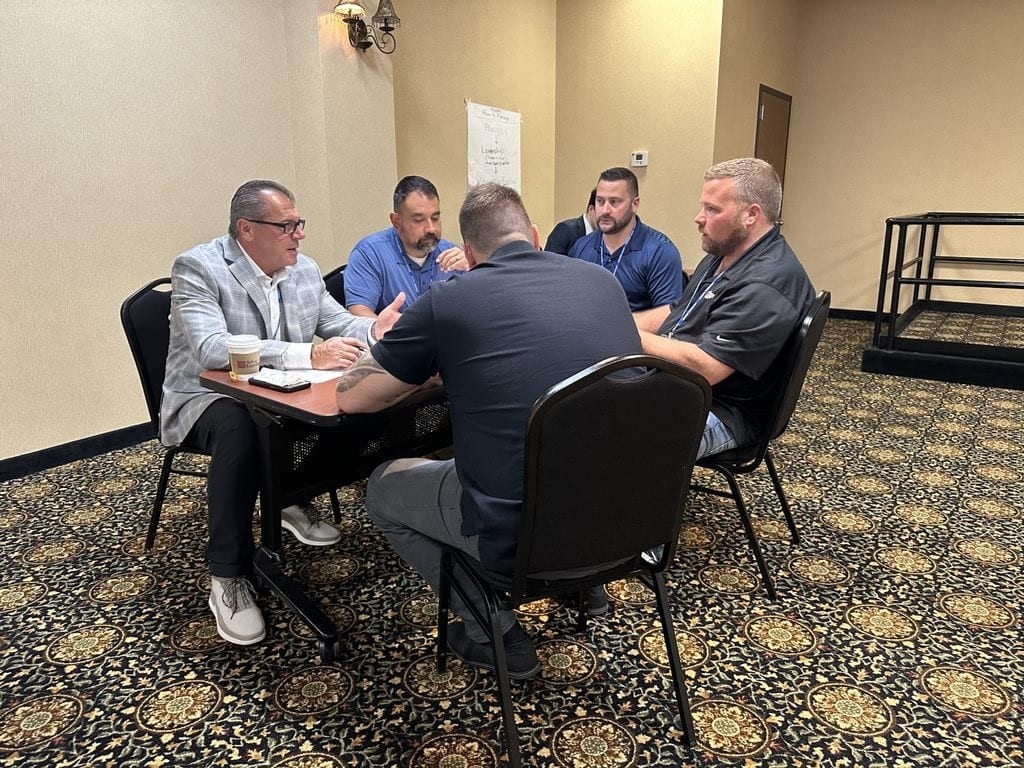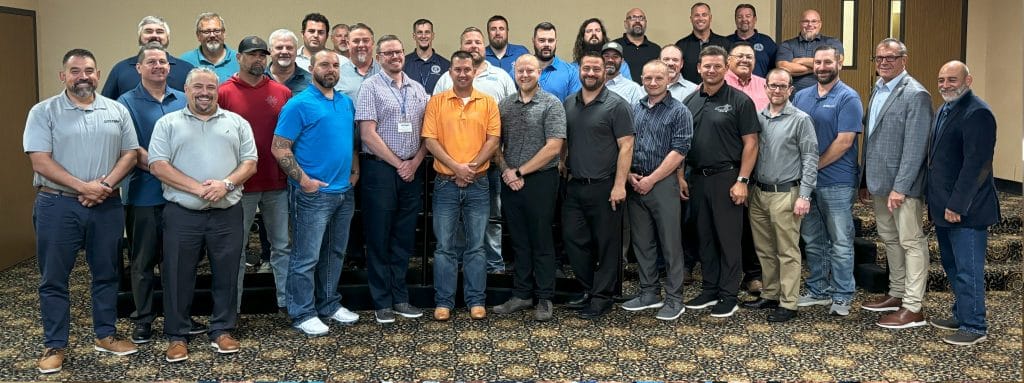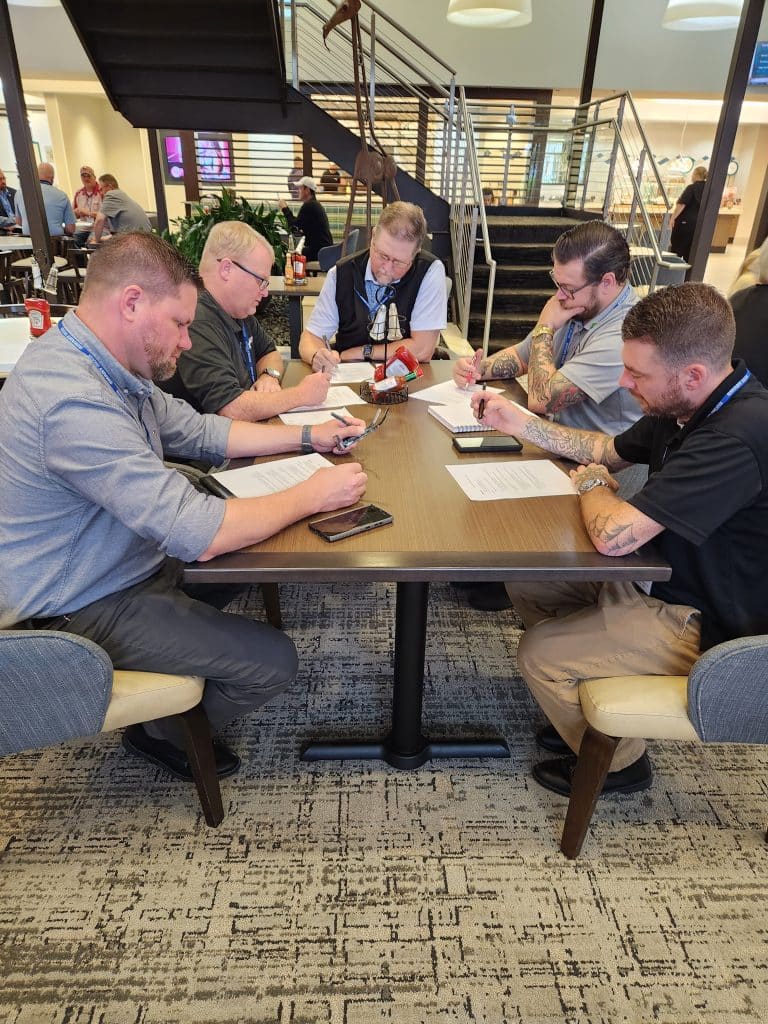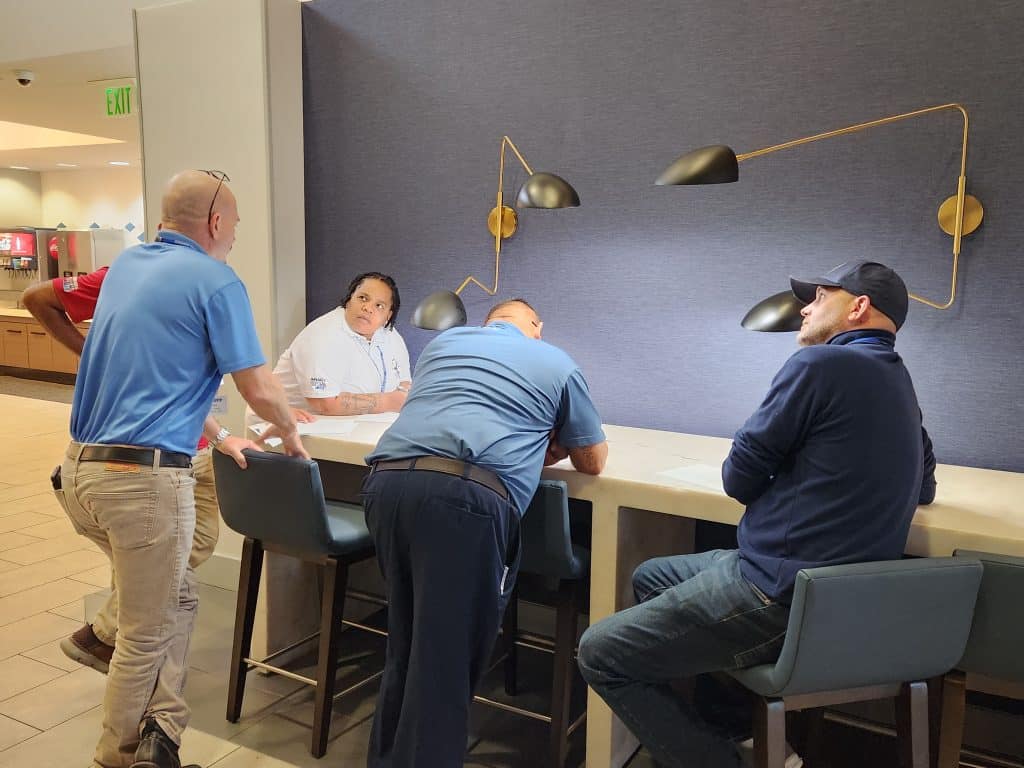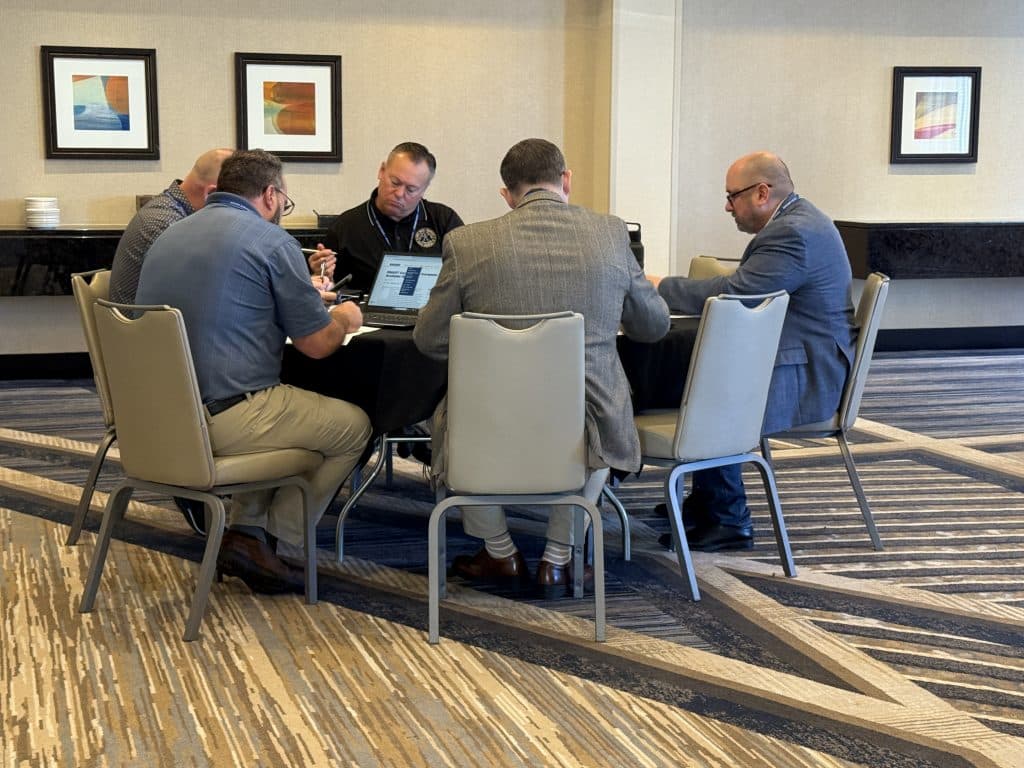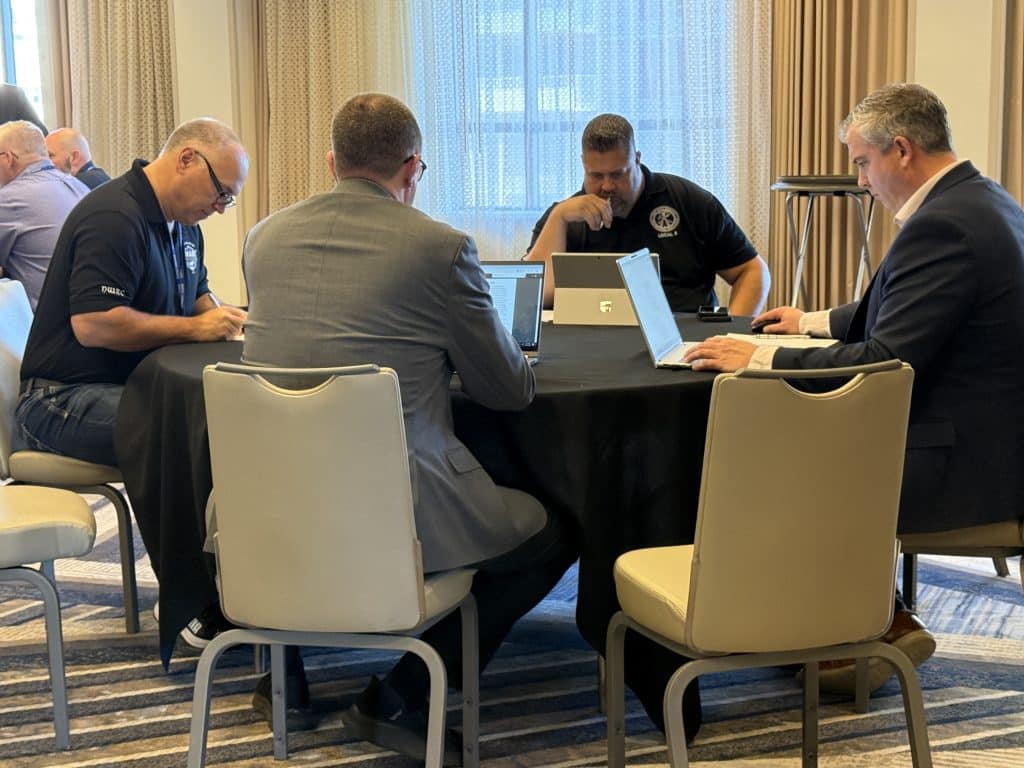During the week of November 17, 2025, new local union leaders gathered in St. Louis, Mo., for the SMART Education Department’s New Business Managers class.
Members elect business managers to steward their local unions and fight on their behalf across an incredibly wide range of areas, from bargaining to community coalition building and well beyond. For that reason, the class — extended to five days for 2025 — focused on management of a local union by looking at all its parts and functions: leadership, staff, representation, resources, trust funds, organizing and community relationships.
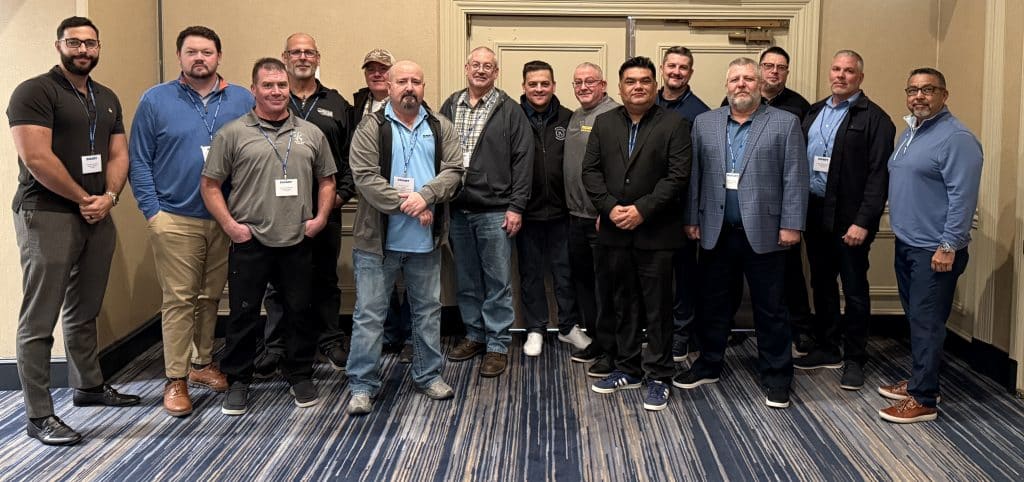
In addition to the Education Department staff, SMART House Counsel Luke Rebecchi, Chief International Representative Dave Bernett, International Representative Chris Griffey and Communications Director Paul Pimmentel taught attendees about topics within their departments’ purview.
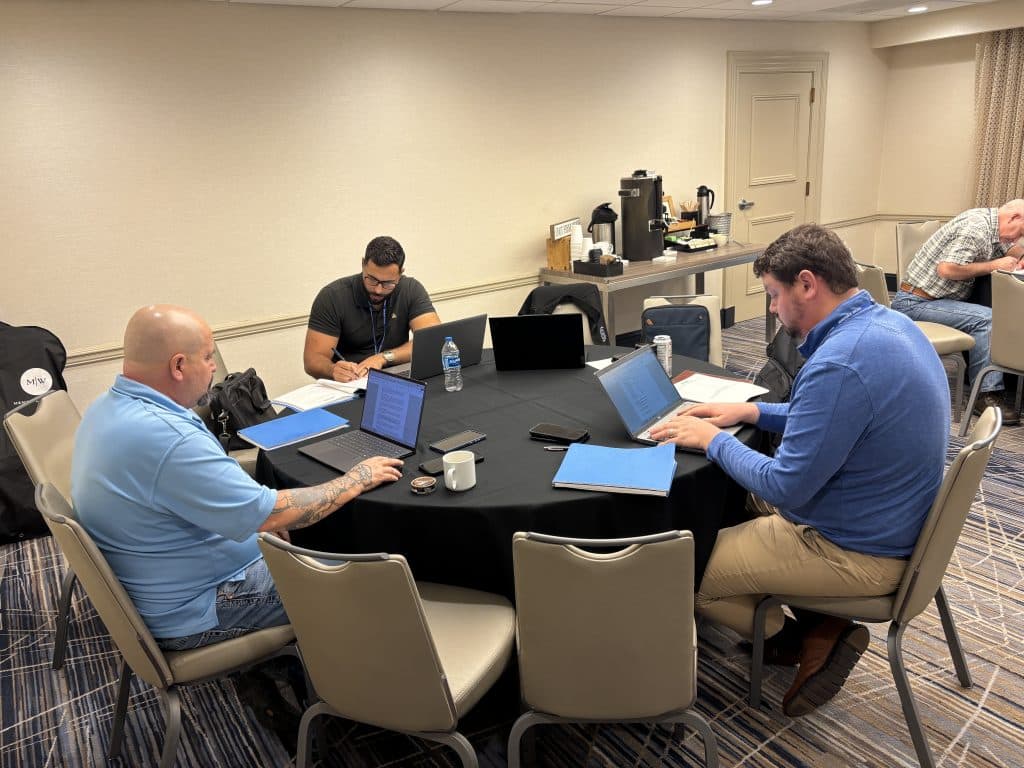
“Each of the five days of the class, participants created strategic action plans based on the topics covered in the training, and at the end of the week presented their top priorities and next steps,” said SMART Director of Education Eli Baccus. “Groups worked together throughout the week, and a point system was in place. Congratulations to Mike Owen of the Central States Regional Production Council, Jeff Hunley of Local 24, Anthony Fodiatis of Local 137 and Steve Davis of Local 280 for being recognized by their peers as the top group in the class!”



